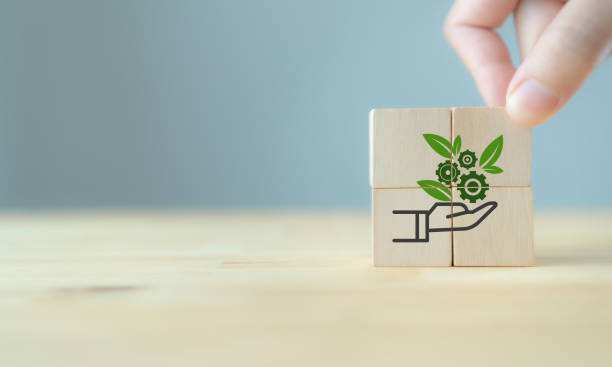Briefly about circular bioeconomy and clusters

The National Cluster Association (NCA), as a Czech partner of DanuBioValNet (01/17-06/19) and GoDanuBio (07/20-12/22) projects, co-financed by the National Cooperation INTERREG DANUBE programme, welcomes you to the Bioeconomy world. Thanks to these projects, the NCA created the Bioeconomic Atlas NCA.
Is the bioeconomy an unknown term for you? The bioeconomy requires investments in research and development, new technologies and innovations that are costly. Thanks to the Bioeconomic Atlas NCA, you can learn more about renewable biological sources (RBS) and what kind of products can be found on the market or in what other bioeconomic activities are the Czech clusters and their members involved. We appreciate those who started their bioeconomic journey and want to share their success.
How are bioeconomics and clusters related?
It is well known that the cluster infrastructure helps to facilitate the introduction of new concepts, business development and industry modernisation by critical mass in clusters, collaborative capacities, high connectivity, controlled knowledge sharing and development of innovative processes, including value chain innovation.
The circular bioeconomy is a new concept, and in many sectors, the RBS are the impetus to innovate value chains originally based on fossil resources. Therefore, we want to live up to our mission and demonstrate the potential of circular bioeconomy for economic growth and sustainability of the Czech Republic through examples of bioeconomy pioneers from NCA member clusters and their members' products.
Introduction by the NCA President in the Bioeconomy Atlas NCA
Jiri Herinek, NCA prezident
The definition of the bioeconomy in European terms:
Bioeconomy is an economy based on the "production of renewable biological sources (RBS) and the conversion of these sources and wastes into value-added products such as food, feed, products from renewable biological resources and bioenergy'.
European Commission (2018). Communication COM/2018/673; A sustainable Bioeconomy for Europe: Strengthening the connection between economy, society and the environment.
Bioeconomy encompasses and connects
- terrestrial and marine ecosystems and the services they provide;
- all primary sectors using and producing renewable biological resources (agriculture, forestry, fisheries and aquaculture);
- and all economic and industrial sectors that use biological resources and processes to produce food, feed, bio-based products, energy and services.
Renewable biological resources
Economic and environmental benefits of the bioeconomy
The bioeconomy focuses on the gradual replacement of oil and other fossil resources with suitable RBS (e.g. also for the production of plastics and vehicle propulsion), which is why we talk in this context about the path to a future post-tropical society.
The bioeconomy can ensure long-term economic and environmental sustainability. However, this potential will only become a reality with government and general public support. Innovative policy frameworks are necessary to move these global challenges forward, and these governments need strategic thinking and citizen support.
The Bioeconomy to 2030: Designing a policy agenda, OECD, 2009